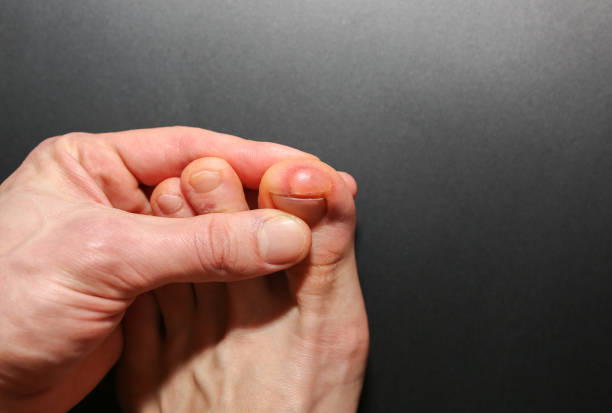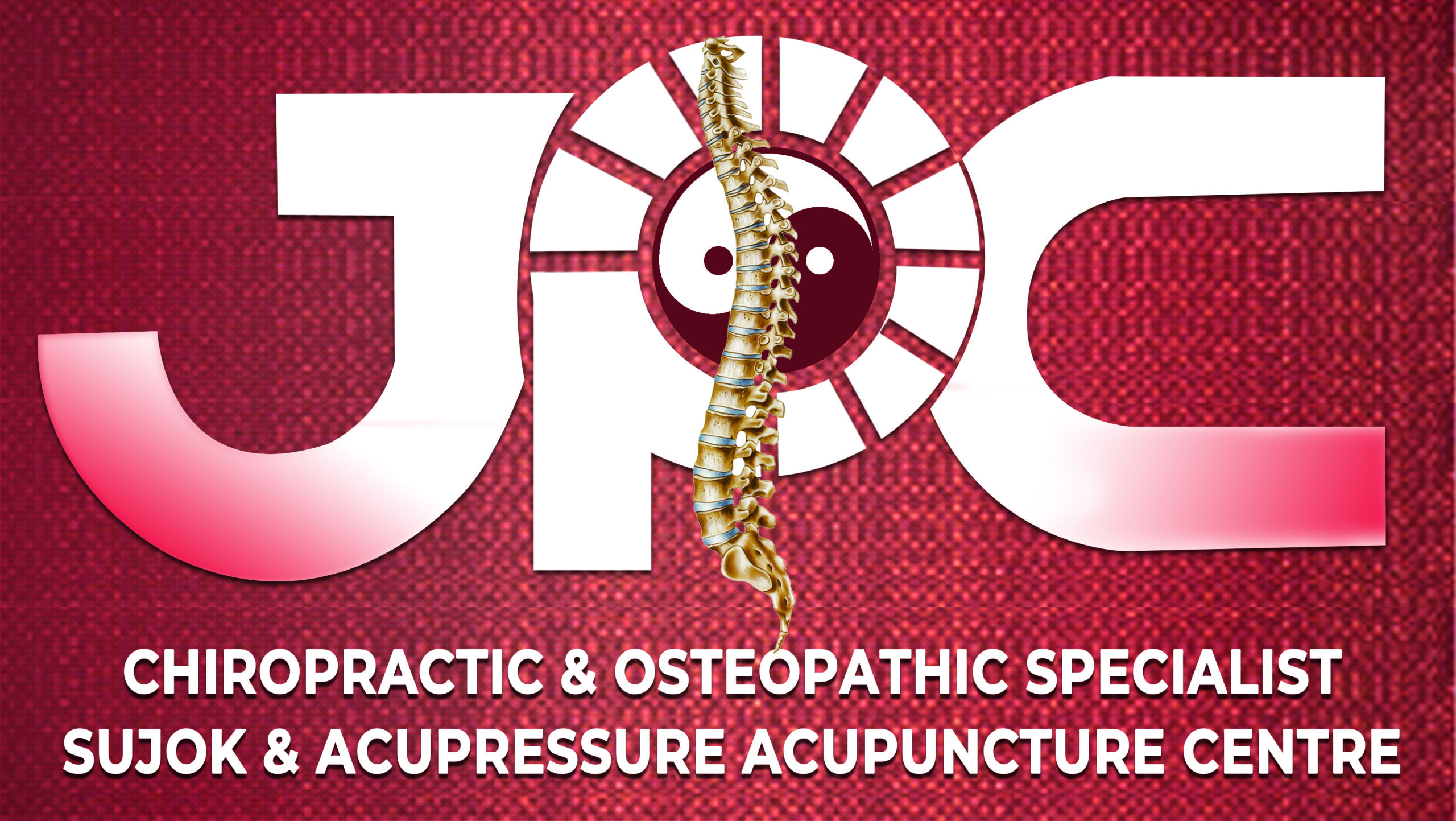Trigger finger, also known as stenosing tenosynovitis, is a condition that affects the fingers and hand. It is characterized by a finger that gets stuck in a bent position and then suddenly pops back into place, resembling the action of a trigger being pulled. In this article, we will discuss the causes, symptoms, and treatment options for trigger finger.





